‘I bled while just sitting and had the abortion in front of everyone,’ recalled a 35-year-old single woman from Kiambu County
By Nancy Nzau
Giving birth was highly traumatic for Esther Oduor, 24, but how she was treated when in severe pain and unusual discharge in the days leading up to losing her baby, worsened the experience.
Esther had sensed something wasn’t right and reported to the hospital where she was kept waiting for two hours.
“One of the nurses laughed and told me to go home and relax as it was normal for a woman to get mild contractions when pregnant,” she recalls, adding that the nurse dismissed her arguing, “You’re too worried and anxious.'”
Though Esther was examined and reassured that everything was okay, her intuition, concerns and pain were belittled and brushed off. “I began questioning my reality,” she says. “Was I crazy or making the symptoms up?”
Within 48 hours of going home, Esther began bleeding heavily. There was little medics could do at that relatively early stage of pregnancy to save the baby’s life. She was four months gone, “but the feeling of not being listened to, of being casually dismissed,” has stayed with Esther ever since.
“I just shut down,” Esther explains. “The experience made me anxious, depressed, suicidal and hateful towards medics, in particular nurses.”
Esther believes women’s pain and reproductive health concerns are often ignored when not asked to suck it up.
Indeed, a 2023 research led by Ramatou Ouedraogo, Grace Kimemia, and Shelmith Wanjiru on the quality of post-abortion care in public health facilities in Kenya found that half of women in need of emergency care reported delays in treatment despite severe bleeding and pain.
The research published in the National Library of Medicine also revealed that post-abortion patients suffered verbal and sexual abuse or absence of privacy during care, and inadequate involvement in decisions around the type of care, especially for those suspected to have induced their abortion.
The researchers interviewed a 19-year-old single house help from rural Murang’a County who reported to hospital, but one medic was on Facebook while another told her “I cannot do that, it is difficult”.
After being kept waiting, a young doctor finally gave her an injection. “I was in so much pain and had to go to the bed all by myself. I cried but there was no doctor in sight… fortunately the baby came and I pushed” and that was when nurses were called to help her.
Another 35-year-old single, employed, urban dweller in Kiambu County recounted: “I bled while just sitting and had the abortion there” but had she been attended to, “I wouldn’t have bled in front of everyone.”
Women who have had the intrauterine device (IUD) also reported untold writhing and crying out of pain while the T-shaped contraceptive device was inserted into the uterus. It prevents pregnancy for up to ten years or more, depending on the specific type.
It is also FDA-approved to manage heavy menstrual bleeding, but woe unto you if it shifts and has to be located with most experiencing pain akin to ‘the slow stab from a hot knife.’
But why do medics belittle women’s pain and suffering during treatment?
Dr. Brian Mbuvi, an obstetrician at Kangundo Hospital, Machakos County concurs that “Numerous research has shown women’s pain and experiences have been downplayed throughout medicine. Doctors have been accused of ignoring their discomfort.”
Dr. Alice Kaaria, a gynaecologist explains that traditionally, it was believed “women didn’t have nerve endings in their cervix, and vulva so procedures involving the reproductive system were performed without pain medication.”
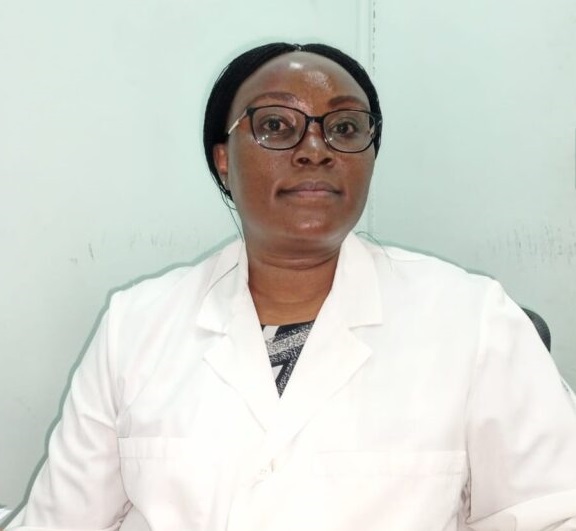
Dr. Kaaria adds that “menstrual cramps and pain were believed to be “normal” and it wasn’t until people discovered conditions including fibroids and endometriosis that they began treating pain seriously.
“These knowledge gaps were what was documented. They were the norm. That’s how women’s pain ended up not being taken seriously,” says Dr. Kaaria.
Centres for Disease Control and Prevention (CDC) calls on healthcare professionals to guide women on pain management before birth control procedures and to use anaesthetics more often, but a CDC survey revealed that only in 12% of IUD procedures did medics use any kind of pain medication. Rather, most prescribed over-the-counter painkillers, which are less effective.
This kind of offhand treatment, Dr. Mbuvi says, could be counterproductive as “anxiety about pain may dissuade women from considering the contraceptive, which is safe and highly effective.”
“Choices about pain management should be based on “shared decision making,” considering that each patient responds differently to stimuli, adds Dr. Mbuvi.
Women like Esther, whose pain is not only ignored but also misdiagnosed and symptoms brushed off, miss out on the chance to cope with their loss or diagnosis in a healthy way. Without proper medical support they suffer depression and develop disdain and mistrust for clinicians.
A 2023 study by Tony Yue Sun from the Department of Biomedical Informatics, Columbia University on gender differentials in diagnosis and published in the National Library of Medicine, revealed that compared to men, women wait longer to be diagnosed with heart disease, cancer and brain injury.
Women are also less likely to be given pain medications.
The study found that heart diseases manifest differently between men and women with doctors being more familiar with the male symptoms, so when “women show up with symptoms that don’t fit into the algorithm taught in medical school,” they get “gaslit and ignored.”
Women say doctors often blame their health issues on mental health, weight or insufficient self-care, which can hinder effective treatment.
When Irene Njuguna, a graphics designer, began experiencing back and thigh pain in 2014 after giving birth to her daughter, she said that a physician told her she had postpartum depression. Another told her she needed to lose weight and do more exercise when, in fact, she was suffering from a herniated disc aggravated by pregnancy and childbirth.
Irene felt as though the physicians were telling her that her debilitating pain “was something that a woman needs just to endure.”
To address these systemic problems, Dr. Mbuvi says health workers should take more time engaging their patients and see fewer patients at a time. According to the Kenya National Bureau of Statistics (KNBS), Kenya’s doctor-to-patient ratio is one doctor per 5,263 Kenyans, five times the WHO-recommended ratio of one doctor for every 1,000 people.
Research has shown that when people juggle many mental tasks, they are more likely to make biased conclusions and Dr. Mbuvi agrees that physicians often work in challenging environments that can make it easy to make oversights.
Researchers call for more training in medical schools, sensitising healthcare professionals to unconscious biases against women in healthcare.
Until more changes occur, women should consider having a close relative at their consultations. “It helps if you have someone there that can step in and say things like, ‘She is not usually in this much pain,'” says Dr. Mbuvi who also encourages visiting another doctor if one feels dismissed.





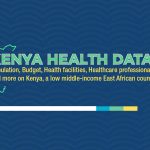










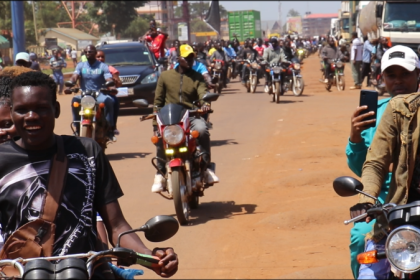
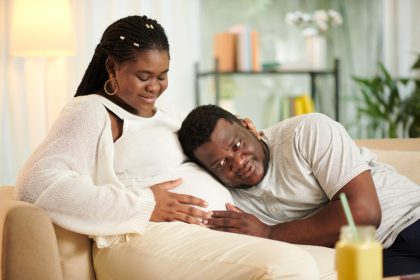
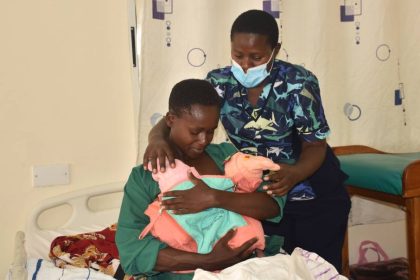



Great article.
It’s unfortunate that our mothers, sisters, daughters have to endure this type of treatment while already in dire need, especially by the people with the responsibility of taking care of them.
This article clearly highlights the issues our women face. Imagining that women are the backbone of society, we should do more to not only spread awareness but also to ensure that mothers are well looked after. By this, we should have a holistic approach, and not just focus on the physical but also the mental aspect too.
This is sad, but true. Doctors need to be more attentive to assist their patients.
Such stories break my heart- medics need to be more sensitive to women’s health issues without labelling them as “dramatic” or overreacting.
We can do better for our future generations